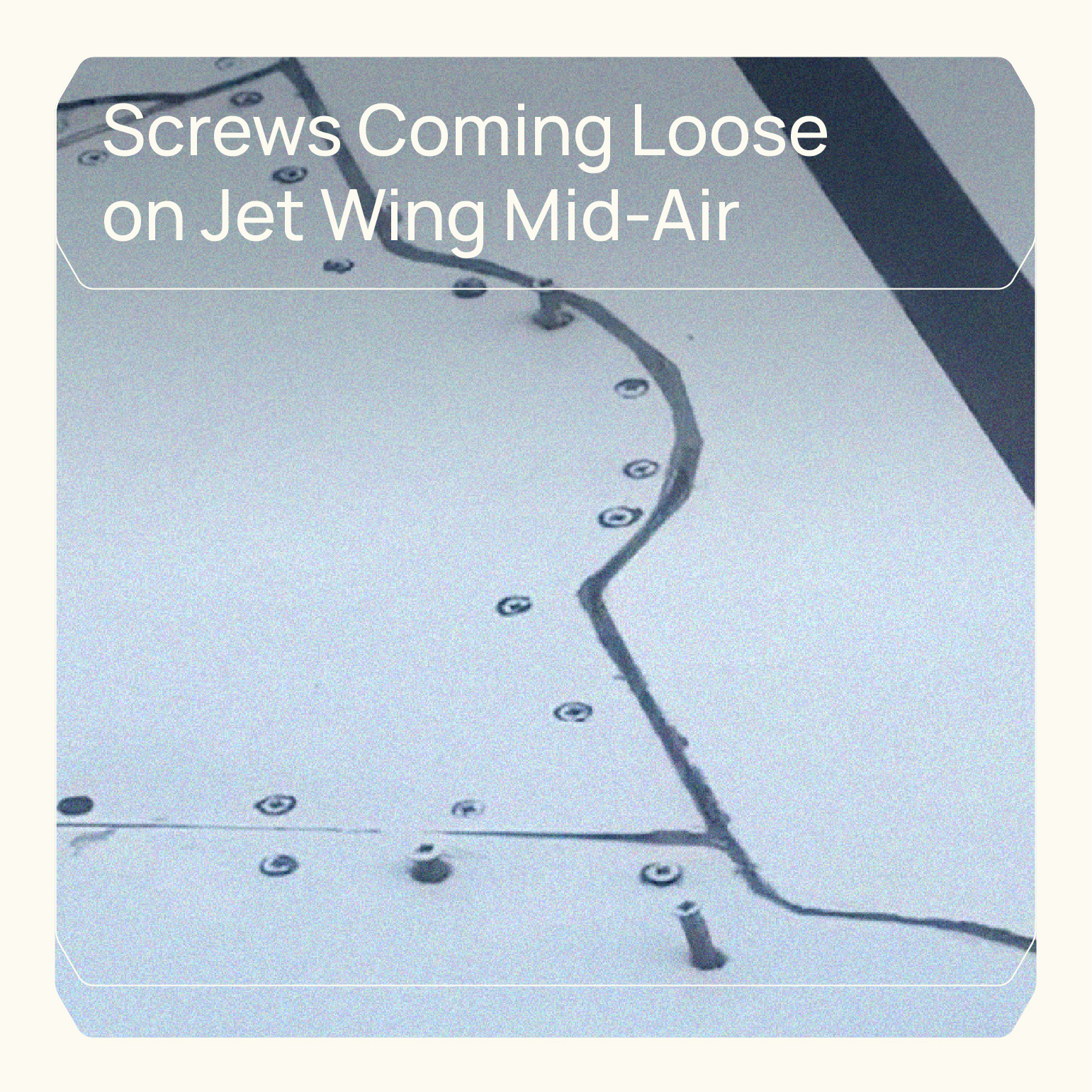Tsamouris, the Fastener Specialists©
Researchers from the Fraunhofer Cluster of Excellence Cognitive Internet Technologies CCIT have
developed a groundbreaking smart screw system that significantly improves the safety and efficiency of
critical infrastructure monitoring. By combining advanced sensor technology and Internet of Things (IoT)
capabilities, these self-powered screws can detect when they become loose and automatically send alerts,
reducing the need for costly and time-consuming manual inspections.
The smart screw system is designed to address the common problem of screws loosening over time due to
various factors such as wear and tear, temperature fluctuations, and vibrations. This issue is particularly
critical in structures like bridges, wind turbines, cranes, scaffolding, and roller coasters, where loose screws
can have devastating consequences.
The innovative technology utilizes a screw fitted with a washer equipped with a pressure-sensitive thin film.
When the screw is tightened, the sensors register the preload force at three points. Any change in the
preload force alters the electrical resistance in the thin film, which is then reported to a radio module located
on the screw head. The radio module transmits the data to a base station, which collects information from all
relevant screws in the object.
Data transmission is handled by a low-power wide-area network (LPWAN) protocol capable of sending small
packets of data over long distances with minimal energy consumption. This allows the system to monitor
more than 100,000 sensors via a single base station located several hundred feet or even miles away. The
data is then displayed in a graphical overview, providing real-time information on the status of each screw
connection.
One of the key advantages of this remote monitoring system is its adaptability to a wide range of
applications. The smart screw technology can be configured for various scenarios, from flange connections
in industry to load-bearing parts of bridges and wind turbines.
The researchers have also addressed the issue of energy demand by incorporating energy harvesting
principles. The system can generate electricity from minute temperature differences between the screw
head and the environment or through solar cells, making it self-powered and resource-efficient.
Security is another crucial aspect of the smart screw system. Each screw is given an individual ID,
requirement profile, and encryption key during installation, ensuring that the system is protected against
hacking attempts and sabotage.
The technology is designed for commercially available DIN screws, with the system ready for use with M18
screws and versions for M20 and M36 screws in development.
At Tsamouris, as a leading supplier of high-quality fasteners, we are excited to see how this technology will
shape the future of infrastructure management and contribute to a safer, more efficient world.








